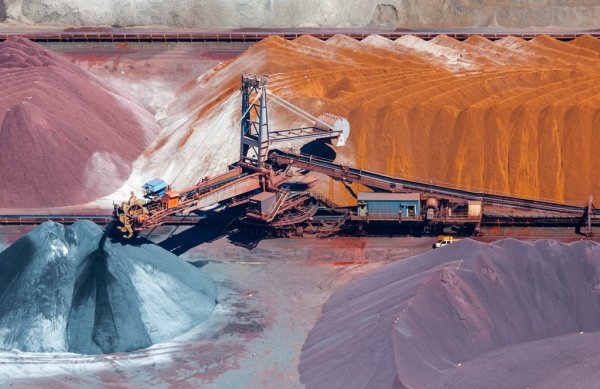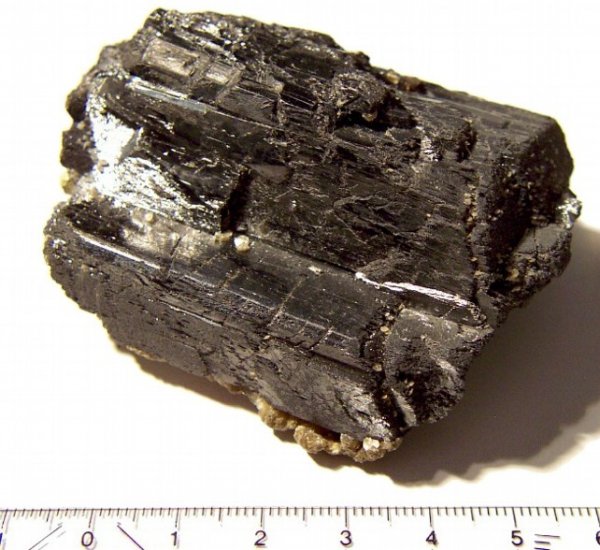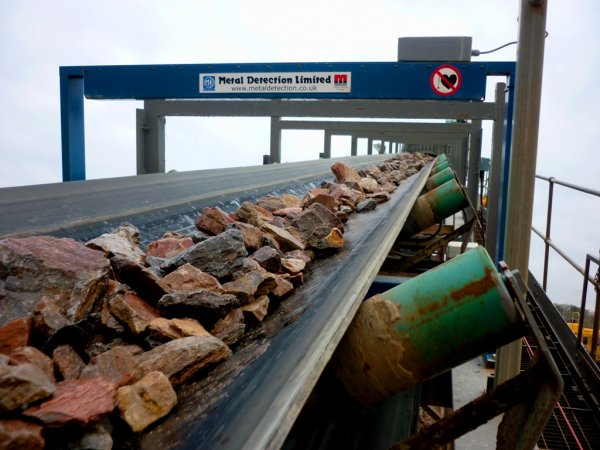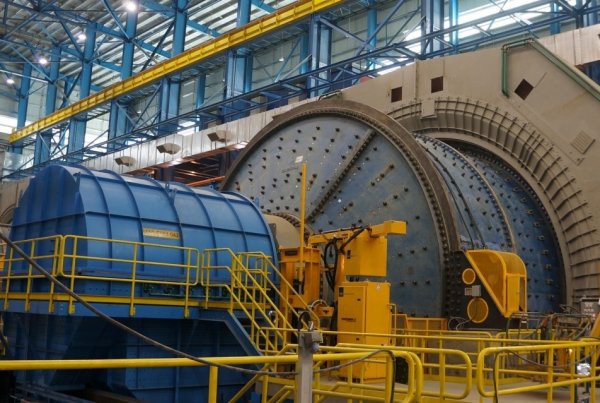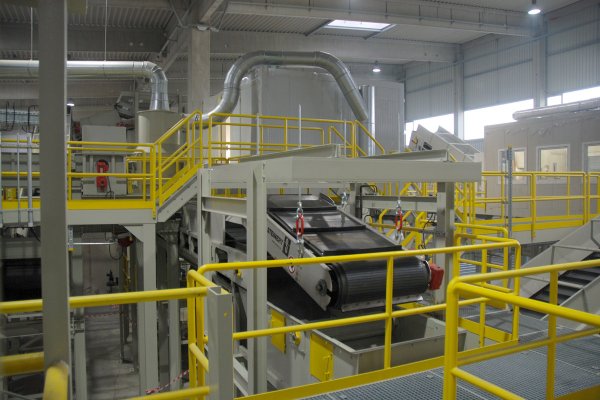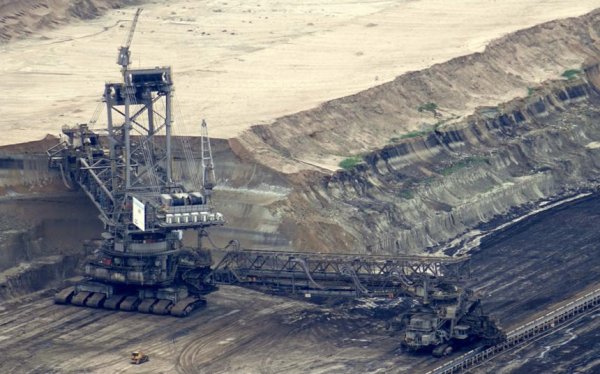Electrical treatment of minerals, electrical separation
Electric beneficiation of minerals — separation of valuable components from waste rock, based on the action of an electrician, a field on their particles, which differ in electrophysical properties. Electrical separation methods are used for enrichment.
Of these, the most applicable are the methods based on the differences in electrical conductivity, in the ability to acquire electrical charges upon contact and friction, and in the dielectric constants of the separated minerals. The use of unipolar conduction, pyroelectric, piezoelectric and other phenomena can be effective only in certain cases.
Conductivity enrichment is successful if the components of the mineral mixture differ significantly in conductivity.
Characteristics of the possibility of electrical separation of minerals and rocks by electrical conductivity (according to N.F. Olofinsky)
1. Good Conductor 2. Semiconductor 3.Poorly Conductive Anthracite Antimonite Diamond Magnesite Arsenopyrite Bauxite Albite Monazite Galena Storm Iron Ore Anorite Muscovite Hemaphite Bismuth Luster Apatite Nepheline Gold Wolframite Baddeilite Olivine Ilmenite Garnet (Ferrous) Barite Hornblende Coveline Gubnerite Bastnesite Sulfur Columbite Kaolinite Beryl Sillimant Magnetite Cassiterite Biotite Spodumene Magnetic Cinnabar Valostanite Stavro lith Pyrite Corundum Hypersthene Tourmaline Pyrolusite Limonite Gpis Fluorite Pyrrhotite Siderite Pomegranate (light) Celestine (light iron) Platinum Smithsonite Calcite Scheelite Rutile Sphalerite Rock salt Spinel Silver Tungstit Carnalite Epidote Tantalite Faialite Quartz Tetrahedrite Chromite Kyanite Titanomagnetite Zircon (high iron) Xenotime Chalcosine Chalcopyrite
The first and second groups are well separated from the third. The members of the 1st group are a little more difficult to separate than the 2nd. It is virtually impossible to separate Group 2 minerals from Group 3 or the same group based on using only natural differences in electrical conductivity.
In this case, a special preparation of materials is used to artificially increase the differences in their electrical conductivity. The most common preparation method is to change the surface moisture content of the minerals.
The main factor that determines the total electrical conductivity of particles of non-conducting and semi-conducting minerals is their surface conductivity... Since the atmospheric air contains, therefore, the amount of moisture, the latter adsorbed on the surface of the grains, sharply affects the value of their electrical conductivity.
By adjusting the amount of adsorbed moisture, the electrical separation process can be controlled. In this case, three main cases are possible:
- the intrinsic conductivities of the two minerals in dry air are different (they differ by two orders of magnitude or more), but due to the adsorption of moisture in air with normal humidity, the difference in electrical conductivity disappears;
- minerals have similar inherent electrical conductivities, but due to the uneven degree of hydrophobicity of their surfaces, creatures appear in moist air, the difference in conductivity;
- conductivity is close and does not change with changing humidity.
In the first case, the electrical separation of the mineral mixture must be carried out in dry air or after preliminary drying. At the same time, in order to maintain the constancy of the surface conductivity, for a short time only the dryness of the surface of the particles is needed, their own internal moisture of the beings does not matter.
In the second case, wetting is needed to increase the electrical conductivity of a more hydrophilic mineral. Best results are achieved by holding the material and releasing it in a conditioned atmosphere at optimum humidity.
In the third case, it is necessary to artificially change the degree of hydrophobicity of one of the minerals (most effectively - by reagent treatment with surfactant).
Minerals can be treated with organic reagents selectively fixed on their surface - hydrophobizers, inorganic reagents that can make the surface of the mineral hydrophilic, and a combination of these reagents (in this case, the inorganic reagents can play the role of regulators that affect the the fixation of organic reagents).
When choosing a surfactant treatment regimen, it is advisable to use the extensive experience in the flotation of similar minerals. If the separated pair has a close intrinsic electrical conductivity and there is no possibility to selectively change the degree of hydrophobicity of their surface by treatment with surfactants, then chemical or thermal treatment or irradiation can be used as preparation methods.
The first consists in the formation of a film of a new substance on the surface of the minerals — a product of a chemical reaction. When choosing reagents for chemical treatment (liquid or gaseous), the reactions known from analytical chemistry or mineralogy, characteristic of these minerals, are used: for example, for the treatment of silicate minerals - exposure to hydrogen fluoride, for the preparation of sulfides - the processes of sulfidization with elemental sulfur , treatment with copper salts, etc.
The opposite is often the case, when surface films of various types of formations appear on the surface of minerals in the process of secondary changes, which must be cleaned before separation. Cleaning is done by mechanical methods (disintegration, scrubbing) or also by chemical methods.
During heat treatment, the difference in electrical conductivity can be achieved due to uneven changes in the conductivity of minerals during heating, during reduction or oxidation firing, and by using other effects.
The conductivity of some minerals can be changed by ultraviolet, infrared, X-ray or radioactive rays (see Types of electromagnetic radiation).
Electrical beneficiation of minerals, based on the ability of minerals to acquire electrical charges of different sign or magnitude upon contact or friction, is commonly used to separate minerals with semiconducting or nonconducting properties.
The maximum difference in the size of the charges of the separated minerals is achieved due to the choice of the material with which they are in contact, as well as changes in the nature of the movement of the mineral mixture during charging (vibrations, intensive grinding and separation).
The electrical properties of mineral surfaces can be widely controlled by the methods described above.
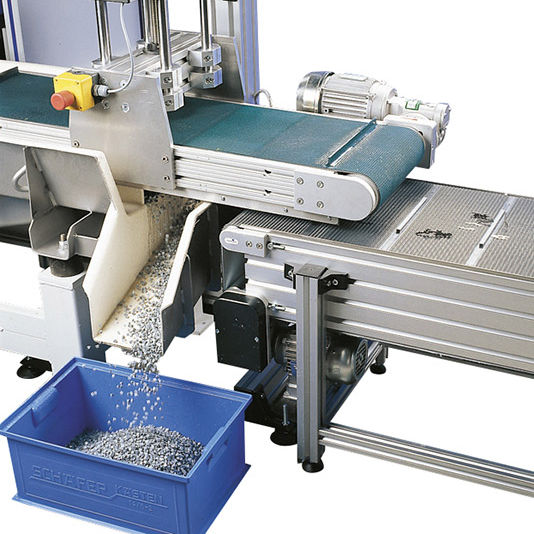
Preparatory operations are usually drying of the material, narrow classification of its size and dedusting.
For electroenrichment of material with a particle size of less than 0.15 mm, the triboadhesive separation process is very promising.
Electrical separation based on differences in dielectric constant minerals are widely used in the practice of mineralogical analysis.
Electric separators of a wide variety of types and designs are used for electrical separation of minerals.
Separators for granular materials:
- Crown (drum, chamber, tubular, belt, conveyor, plate);
- Electrostatic (drum, chamber, tape, cascade, plate);
- Combined: corona-electrostatic, corona-magnetic, triboadhesive (drum).
Dust collectors:
- Crown (chamber with upper and lower feed, tubular);
- Combined: corona-electrostatic, corona-magnetic, triboadhesive (chamber, disk, drum).
Their choice is determined by the difference in the electrophysical properties of the materials, which must be separated by the size of their particles, as well as by the peculiarities of the composition of the material (particle shape, specific gravity, etc.).
The electrical beneficiation of minerals is characterized by an economical and high efficiency of the process, which is why it is increasingly used.
The main minerals and materials processed using electrical beneficiation methods:
- Slurries and complex concentrates of ore deposits — selective finishing of concentrates and complex concentrates containing gold, platinum, cassiterite, wolframite, monazite, zircon, rutile and other valuable components;
- Diamond-bearing ores - beneficiation of ores and primary concentrates, finishing of bulk concentrates, regeneration of diamond-bearing waste;
- Titanomagnetite ores — beneficiation of ores, intermediate material and tailings;
- Iron ores — beneficiation of magnetite and other types of ores, obtaining deep concentrates, dedusting and classification of various industrial products;
- Manganese and chromite ores — beneficiation of ores, industrial products and waste from processing plants, dust removal and classification of various products;
- Tin and tungsten ores — beneficiation of ores, finishing of non-standard products;
- Lithium ores — beneficiation of spodumene, tsinwaldite and lepidolite ores;
- Graphite - beneficiation of ores, refining and classification of low-quality concentrates;
- Asbestos - beneficiation of ores, industrial products and waste from processing plants, dust removal and product classification;
- Ceramic raw materials — beneficiation, classification and dedusting of feldspar and quartz rocks;
- Kaolin, talc — enrichment and separation of fine fractions;
- Salts — beneficiation, classification;
- Phosphorites — beneficiation, classification;
- Bituminous coal — beneficiation, classification and dedusting of small grades.

